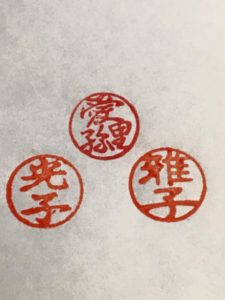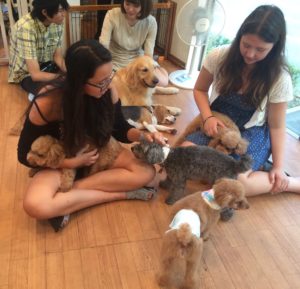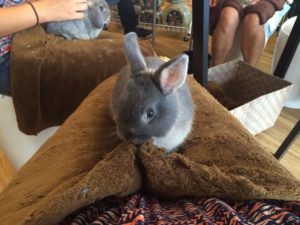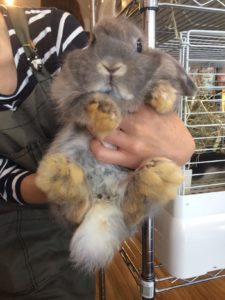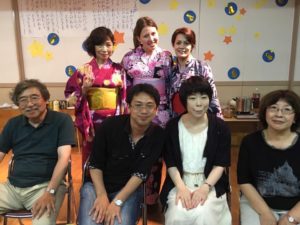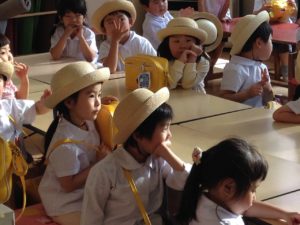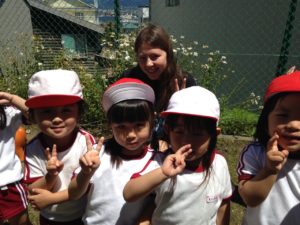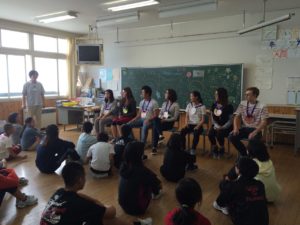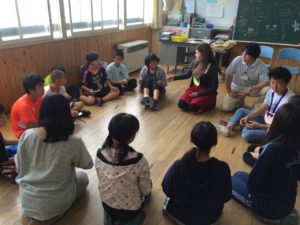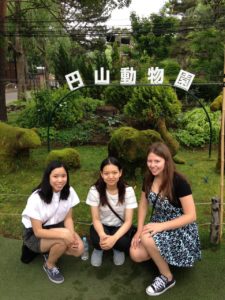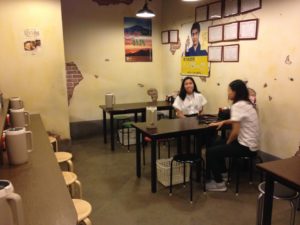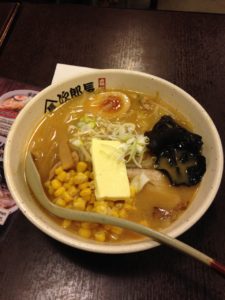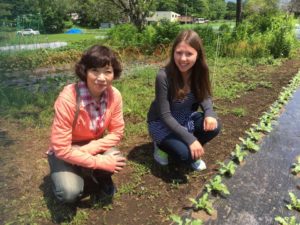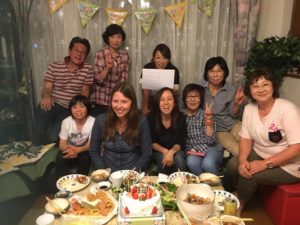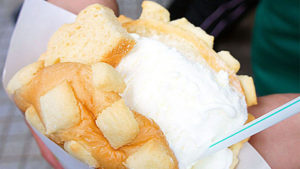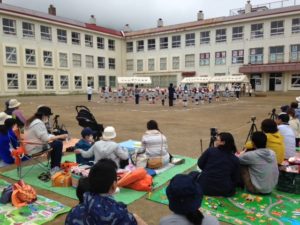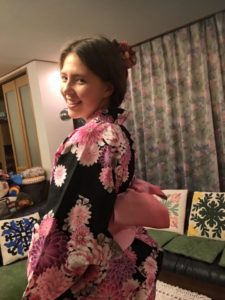I can’t believe that I am already walking on the right side of the sidewalk again, and handing store clerks my credit card with only one hand instead of two, and throwing trash in public outdoor trash cans instead of having to carry it home. After 8 weeks, I felt like I was really starting to get the hang of Japanese culture! I was finally automatically using the Japanese filler “ano” instead of “um”, and was getting used to using all my new grammar in everyday speech, and now I can hardly imagine what it will be like to try to continue studying the language without it surrounding me all day every day!
That said, I’m really excited to continue learning, and I hope to eventually achieve a high level of proficiency! I am determined to find my way back to Japan, whether I can get an internship there, or possibly find a job there for a little while, or go there between graduation and grad school with the JET program for teaching English there. I really want to be able to use my Japanese in the future, and be a link between Japanese and American cultures. This program has really changed my life, and I am so grateful for the opportunity!
Above is the nighttime view from Mount Hakodate, overlooking the city with the ocean on either side. It’s the most famous sight in all of Hakodate, and I remember taking a trip to the top of the moment with my host parents on the last night. This picture is very sentimental!
Also, near the end of the program, my host parents symbolically welcomed me into their family by christening me with my own kanji name. My name in Japanese is アリソン (arison) which has to be written in the Japanese phonetic syllabary used for foreign names. Japanese people use the borrowed Chinese characters, kanji, to write their own names. So, my host parents found me kanji that have the correct pronunciations for my name and gave me my own Japanese name: 愛里孫 (a – love; ri – home, son – granddaughter). Basically every Japanese person has their own stamp with their name that they can use to sign formal letters or artwork; it’s often given to them on their 20th birthday, and is an important cultural symbol. My host parents generously had a stamp made for me with my new kanji name. Below is a picture of my stamp (center) alongside my two host mothers’. I will treasure it forever!
I will be missing Hakodate for a long time! What an incredible experience! I can’t wait to return!

